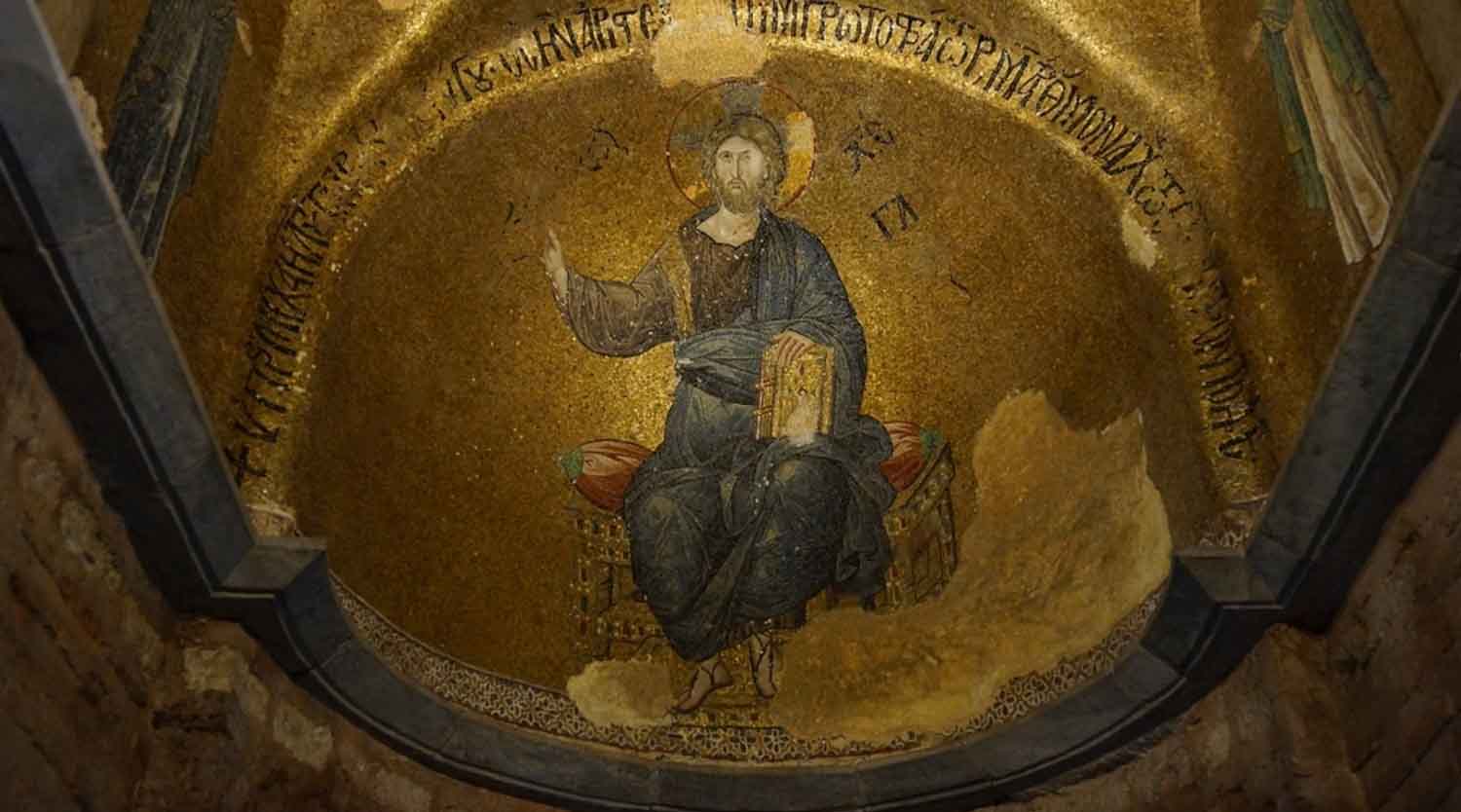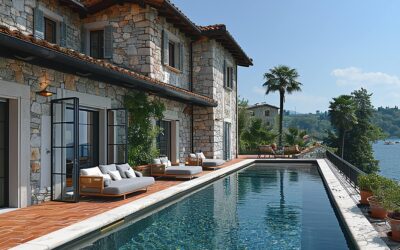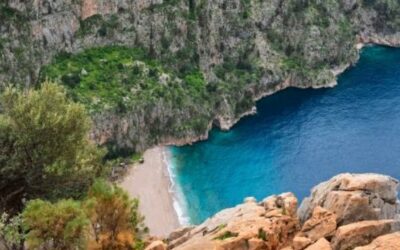In this article, it is included Fethiye Museum, which offers valuable options, among the one of the sightseeing place. Fethiye district of Muğla is a very cultural and rich place in terms of archeology. With Lycia being located in this region, Fethiye reminds you of a historical city with the dusty smell of the ancients. The existence of these historical indispensable textures causes the Fethiye region to be impressive, extraordinary and rich in terms of historical artifacts. The collection and exhibition of historical textures and historical archaeological remains whose remains were unearthed, passed through some stages and formed the Museum. The first idea for the Fethiye Museum was put forward in the 1960s, and the collection and storage of large stone artifacts unearthed from the excavations was ensured. With the construction of the place that will become a museum in 1987, the exhibitability of the works has been put forward. This building, which was built with the understanding of contemporary museology, started with the aim of bringing together the artifacts obtained from the archaeological excavations with the museum. This museum, where the artifacts unearthed from all the historical textures of the Fethiye region are gathered together and brought to a point, is definitely one of the places that should be visited and seen.
Fethiye Museum and Important Artifacts
The museum consists of two different parts. There are very valuable and meaningful works in the museum, which consists of two different halls, archeology and ethnography. The most striking of the works in the museum, where the works are arranged and arranged in a chronological order; It is a stela with inscriptions written in three different languages. What makes this stela important and valuable is that it has been very effective in solving the Lycian language. The Dove Young Girl Statue and the other two female statues next to it are among the remarkable works of the Museum. The dove sculpture, which is the proof that Artemis, an important character in Greek Mythology, lived in this region, is a very valuable work in this sense.
Like the interior of the museum, its garden is filled with artifacts from the Lycian region. Large stone artifacts and historical columns in the garden are among the remarkable findings.
Fethiye Museum Visiting Hours and Entrance
The doors of the Fethiye museum are open to visitors every season. Fethiye Museum, which accepts visitors between 09:00 and 19:00 in the summer months, keeps its doors open to its visitors between 08:00 and 17:00 in the winter months. If there is a museum where the entrance is free with the museum card, you can enter with your museum card and leave yourself on a deep journey in the dusty pages of the old ones.
Where is Fethiye Museum and How to Go?
Fethiye Museum is located in Muğla / Fethiye district center. Although the museum is small in volume compared to other archaeological museums, it has a very wide repertoire with the works it contains. The museum, which is located in the center of Fethiye district, is within the borders of Kesik Kapı Mahallesi. In order to go to Fethiye Museum, it is necessary to go to Fethiye district. Fethiye, which is approximately 120 kilometers away from the center of Muğla province, is much closer to Dalaman airport (40 kilometers). It is always possible to come to Fethiye by shuttles from Dalaman airport. It is always available to find a bus by land to go from Muğla city center to Fethiye. The historical textures in the Fethiye region are not limited to the museum, and this district, where many ancient cities and old structures are located, has a wide area of history that will allow you to live by feeling the lifestyles of the ancients, living spaces and living conditions at that time. In this way, we can convey that especially foreigners visit this region constantly due to historical ruins. Lycian way, rock village, collar park, Tlos Patara, etc. in the region. Fethiye, which contains areas with many historical textures, provides you with a wide-ranging area. Blocks and introductory articles of other regions are available on our page, and you can read our articles and get an idea.




